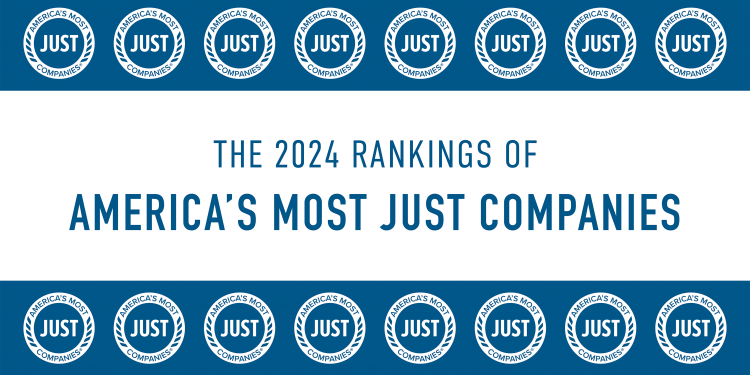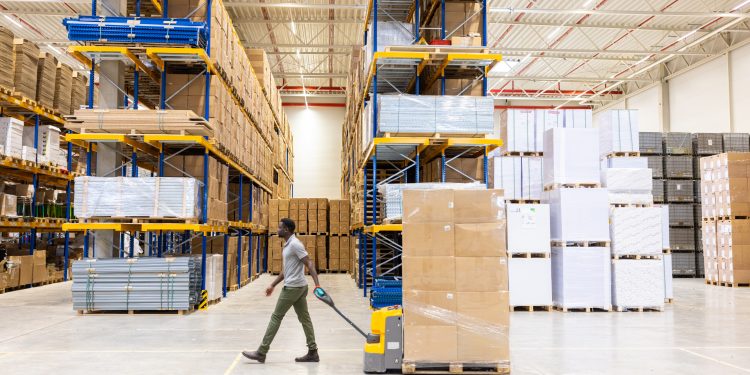Bringing JUST Home: Applying the JUST Capital Rankings Model to Corporate Location Decisions
There’s no denying that large corporations exert huge influence on local social, economic, community and environmental conditions in the areas where they operate. Based on our own national polling, we know the public cares deeply about such things and wants companies to pay more attention to a variety of “place-based” factors, from obvious direct impacts such as job creation, local sourcing, and environmental pollution, to more complex themes such as a living wage, fair hiring practices, and local communities support.
Collectively, these and other components are captured in our annual rankings of America’s Most JUST Companies. The rankings are updated every year and reflect how companies compare to one another based on our estimates of actual, measured performance.
Recently, to further our mission, we wanted to consider how a company selecting a new location might think about future expansion opportunities to have a strong positive social impact. Could the JUST Capital ranking model provide companies with guidance on how to think about this? And could cities, municipalities, and states – especially those analyzing opportunities where they may grant significant tax incentives to drive economic development – also use our model as a way to ensure that expansion projects deliver value to all key stakeholders?
To explore these questions, the JUST Capital research team has developed an initial approach for adapting our ranking model to inform and give guidance to companies seeking to improve their ranking, and in so doing foster more just behavior in the locations they choose to do business.
We tested the approach by applying it to one of the highest profile corporate location decisions being made in America today: Amazon’s selection of HQ2, its new second headquarters. Amazon is currently ranked 55th out of the 875 companies JUST Capital currently ranks, and 1st within the retail sector. While many questions remain about the kind of impact Amazon will actually have on the community it ultimately selects, we can tentatively explore how enhanced just business behavior factors would affect their ranking if they prioritized social impact in the creation of HQ2.
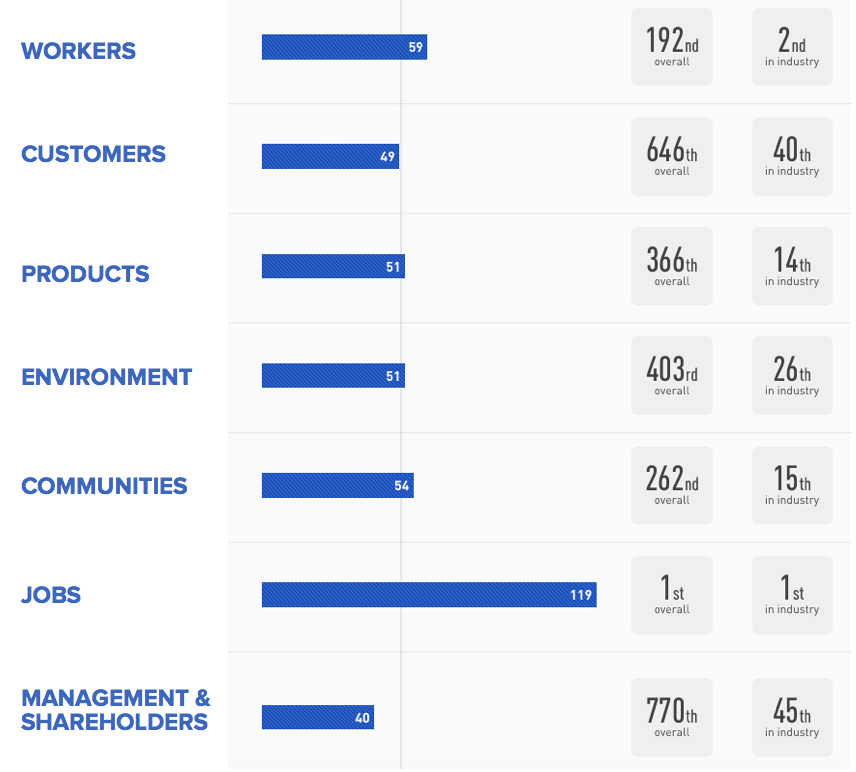
The JUST location analysis featured three basic steps:
Step 1: Identify the JUST Capital Rankings Components Relevant to Location
Of the 40 components currently featured in the JUST Capital model, approximately half were determined to have some local geographic significance (regardless of the specific location). These were divided into three groups: those highly relevant to location, those moderately relevant, and those where there is a thematic relevance but no obvious social impact. A snapshot of these issues is shown below.
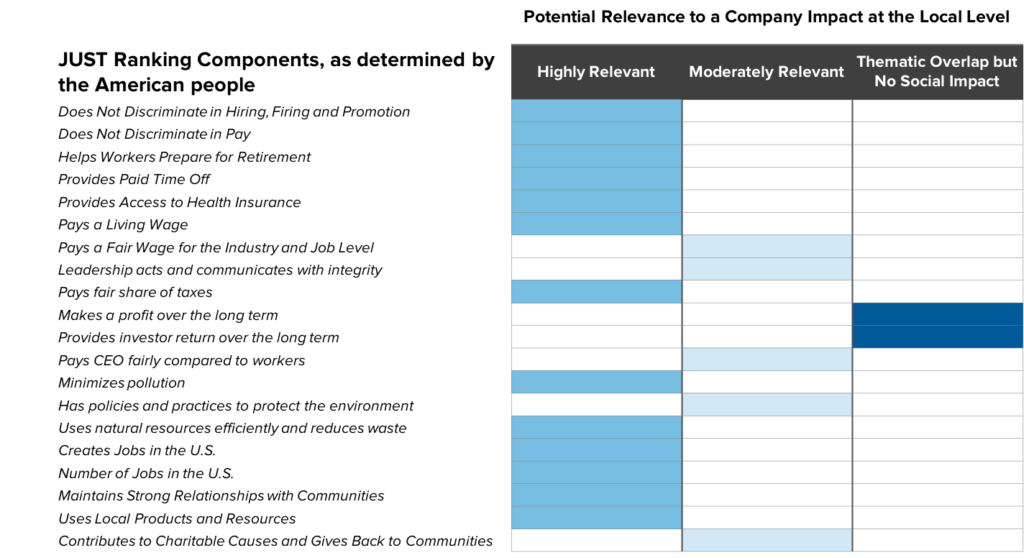
Step 2: Map Potential Actions by Ranked Companies
The next step examines the positive actions a company could take to improve its score for each of the locally-relevant components identified above. In the case of Amazon, the company does well in a number of areas, notably domestic job creation (the company has increased its U.S. headcount by 500% over the last five years) and equal pay; however, it is judged to lag on issues such as paying its fair share of taxes (the result of tax incentives offered by local governments), its environmental performance, and various controversies relating to working conditions, especially in warehouses. Broader concerns over the impacts of the corporation’s business model on communities and retail brick and mortar competitors small and large are noted but not yet factored into our model.
To model a potential ranking impact in relation to HQ2, we can estimate the effect of changes to Amazon’s just profile on a number of the more obvious location-based components. For example:
- Amazon has a general policy to drive diversity and equal opportunity. If the company sets and meets targets on diversity and equal opportunity, and proactively hires from local disadvantaged communities, this would result in a higher score on this issue and have a strong positive impact on local communities of color in HQ2 candidate cities.
- Local sourcing and community support are important elements of just company performance. Amazon could have a huge positive impact on local economic and community conditions at its future HQ2 city by committing to local sourcing; improving local and regional economic development opportunities through its supply, service, and customer channels; and investing a percentage of profits in local charitable causes and beneficial community activities.
- Amazon has stated that as many as 50,000 high-paying jobs could be created at HQ2. These new jobs would boost the company’s JUST score on various components and could be particularly powerful in cities where poverty and access to employment are limited, provided the company commits to proactively hiring from local underrepresented communities and investing in training programs to ensure disadvantaged candidates are qualified for these opportunities. In cities such as Newark, New Jersey, for example, where unemployment rates among people of color are 19.4% (the highest of any HQ2 finalist), poverty rates are around 29%, and median income is approximately $33,000, these actions could have long-standing and far reaching benefits.
Step 3: Estimate Impact of Changes on JUST Capital Rankings
In this final step, the potential effects of a company’s actions identified in Step 2 are estimated within the JUST Capital ranking model, using a basic “what if” scenario analysis approach, while keeping all other model elements the same.
In the Amazon example, preliminary modeling indicates there would be no change in the company’s ranking in the retail sector; it would remain #1. However, were Amazon to implement all of the prospective actions identified in Step 2, in regard to enhanced worker pay and treatment, job creation, reduced environmental impact, and expanded local sourcing and philanthropy, its overall JUST ranking could shift from #55 to #9 out of the almost 900 companies currently ranked.
The primary drivers of this increased ranking are shown in the chart below. The company’s score on Pays Fair Share of Taxes actually goes down due to the company’s reduced effective U.S. tax rate, once the tax incentives being used to attract the company to various locations are factored in.
It is important to note that these ranking changes are not linked to any particular location or HQ2 candidate city. However, the specific social impacts generated by Amazon would be expected to vary by city, owing to the specific economic and social conditions at each location. How Amazon (or any company) could create the greatest social impact return when selecting site locations is an interesting future project.
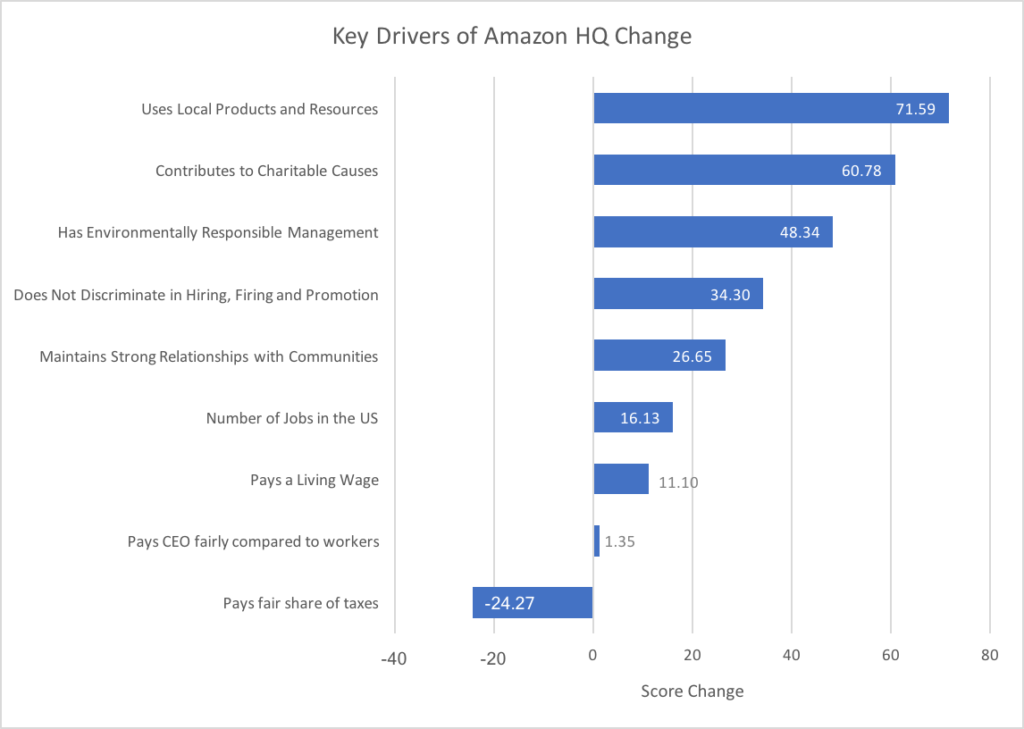
Future Development & Applications of the Approach
Looking ahead, JUST Capital intends to explore ways to improve its ranking methodology to better capture the social, economic, and community impacts created by companies at the local level. When further developed, we believe the approach described here could be applied by any company seeking to understand what just actions they can take to improve their performance across a range of criteria relating to their localized impacts. Furthermore, we believe this analysis could also be useful to local governments when using tax incentives and other levers to attract businesses to their community. This analysis could include a checklist relating to worker pay and treatment, job quality, environmental impact, and additional connections to what local communities prioritize to create a more just and equitable marketplace that better serves the needs of all.
To provide feedback or ask questions, please share your thoughts here.
